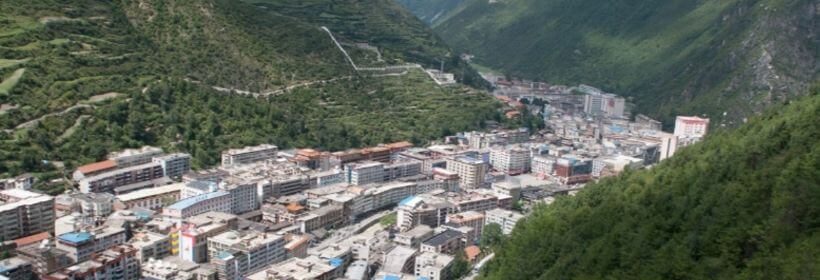Chinese Bitcoin Miners Migrate North After Wet Season

This article has been originally posted on Bitcoin’s website via the link here. We are sharing it entirely below. We do not claim to own intellectual property to this content.
A China-based crypto news outlet recently published a comprehensive report on the costs associated with building a digital currency mining farm in China. Additionally, the local publication revealed that Chinese miners are starting to migrate north to access cheap thermal power and wind power after the wet season in Sichuan.
Chinese Miners Begin to Migrate
Chinese miners are migrating to Xinjiang and other regions located in Inner Mongolia in order to capture cheaper electricity rates. According to the local Chinese publication, 8btc, the wet season in Sichuan started in April but usually stops at the end of October. During the wet season, miners can get an astounding 0.08 yuan per kWh or $0.01 per kWh. But when the season ends lots of small farms that are able to move travel to northbound for inexpensive electrical rates.
However, columnist Vincent He writes that the number of mining machines “exceeds the upper limit of mining camps in Northern China, and some of them may be abandoned.” The reporter explains that by the end of the month when the flood season ends millions of mining machines will be moved in a short period of time. Vincent also said that many companies operating in the southern provinces of China are already moving.
“The 1,000 mining machines I have were previously hosted in one mining camp,” a miner detailed to Vincent. “This year, the mining camp told me that there were not enough seats — So I have to host some of them at another mining camp, which undoubtedly increased the difficulty of management for me.”
According to Vincent, the governments of Xinjiang and Inner Mongolia have been cracking down on mining operations and the officials have “curbed the scale of the local mining industry.” He remarked that a while ago miners would pretend to be high tech cloud solutions or giant server warehouses but the governments of Xinjiang and Inner Mongolia quickly caught on.
The research goes on to elaborate that crypto mining farms need to choose a location that’s not very populated and one that will not be affected by disasters. Even though the flood season in Sichuan makes for cheaper electricity, miners have to be prepared to protect their equipment from a natural catastrophe. Mining machines should be kept off the floor in places like Sichuan and positioned in a higher location than the average flood heights. For instance, last year residents and miners dealt with the worst flooding in Sichuan in over 50 years. The report details that the cost to purchase approximately 500 Bitmain Antminer S17s would be around 8,215,000 yuan or $1.2 million.
The maintenance cost is only 8,000 yuan per month ($1,100) if the mining operation only hires two maintenance workers to oversee the 500-seat mining farm. The report concludes by explaining that miners in China make the most revenue when they gain access to cheap electricity rates. The mining operation can also sell seats to other miners who cannot afford a whole facility. The floating average can be around $0.049 to $0.07 per kWh but if migration is perfected, efficient mining farms can pay much less for electricity depending on the season.
